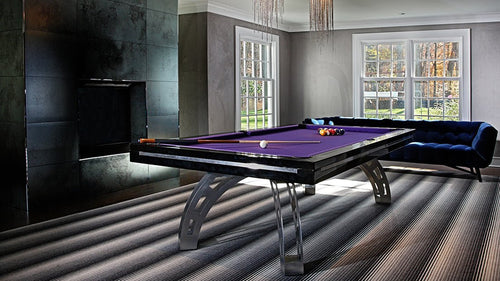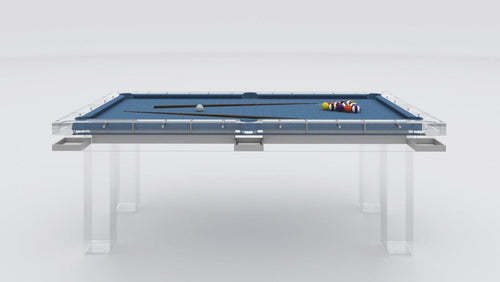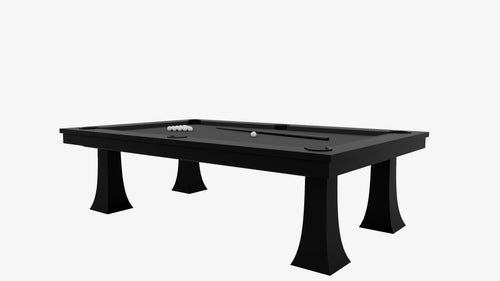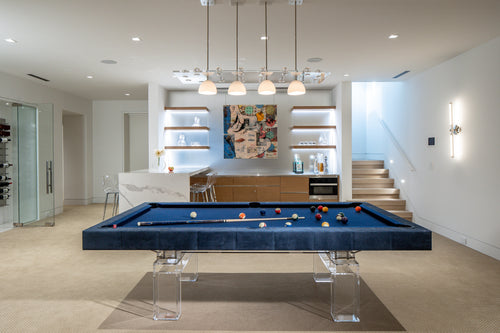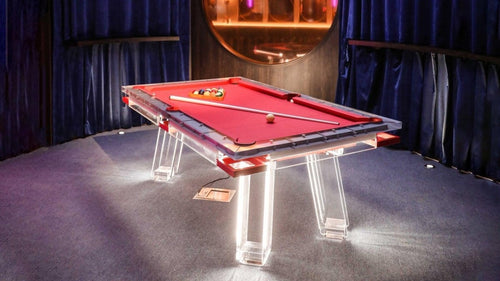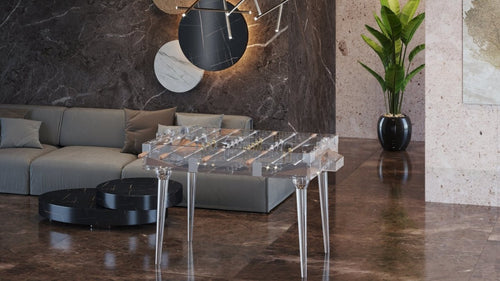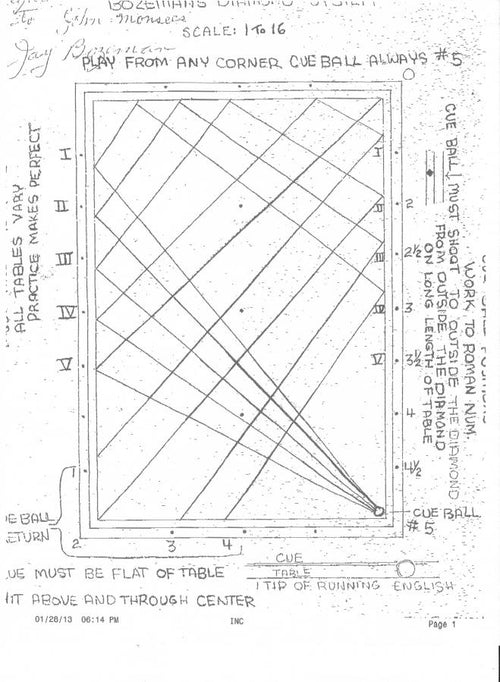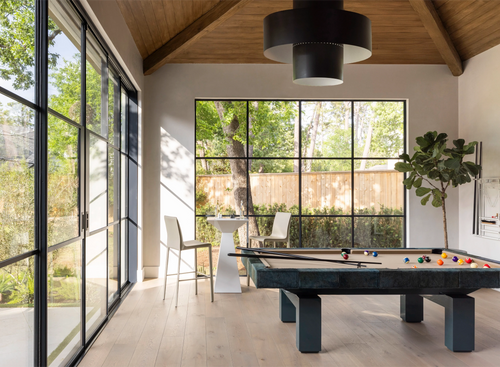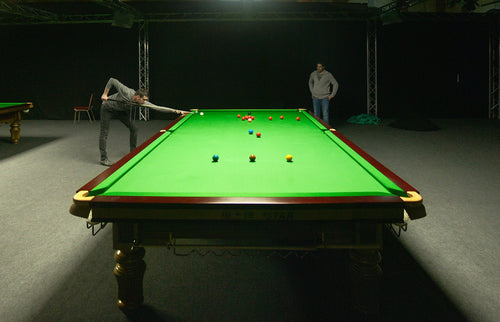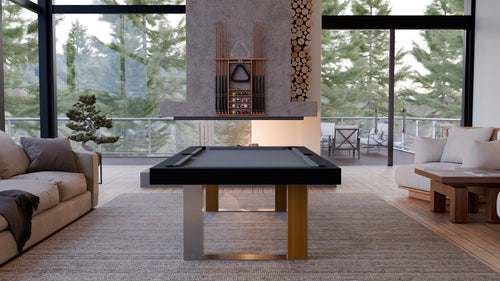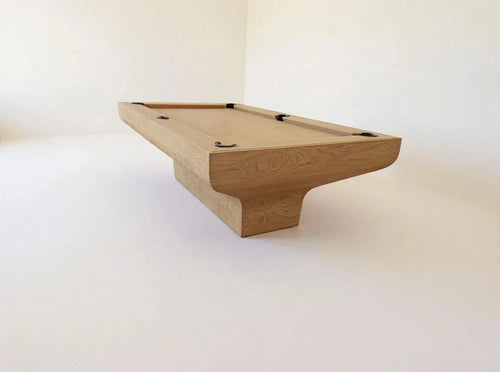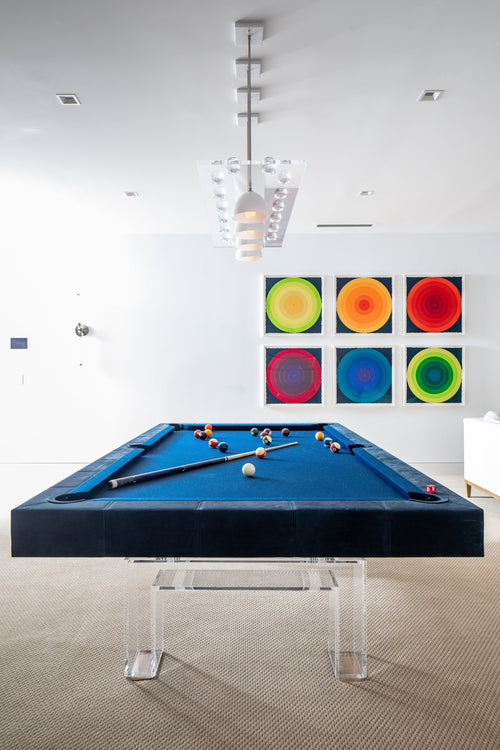Enjoy our modern designs
Estimated Read Time: 4 mins |
Your grip is the only connection between you and the ball. A proper hold not only stabilizes the racket but also unlocks wrist mobility, spin control, and stroke versatility. Getting it right from the start sets the stage for every basic and advanced technique you’ll learn.
1. Shake-Hands Grip: Europe’s Standard
Basic Hold
Palm cradle: Racket sits in your palm.
Thumb & index: Lie roughly parallel to the blade’s straight edge.
Other fingers: Wrap around the handle for stability.
Three Shake-Hands Variations
-
Neutral Grip
Blade alignment: Upper edge is a straight extension of the thumb–index fold.
Pros: Equal wrist freedom for both forehand and backhand.
Use: Ideal for beginners—learn all strokes here before experimenting. -
Forehand Grip
Blade tilt: Toward the thumb.
Pros: Extra forehand reach and power.
Cons: Restricts backhand mobility. -
Backhand Grip
Blade tilt: Toward the index finger.
Pros: Enhanced backhand control and spin.
Cons: Limits forehand ease.
2. Penhold Grip: The Asian Classic
Hold style: Racket like a pen, handle pointing downward.
Pros: Exceptional wrist flex for rapid flicks and short play.
Cons: Only one blade face is used—requires special staining or double-sided rubber to meet red-black rules.
Grip Height: Fine-Tuning Control
-
High grip (near blade)
Stability & power: Perfect for long-swing drives and loops.
Limitation: Hinders quick wrist adjustments over the net. -
Low grip (bottom handle)
Wrist freedom: Ideal for serves, short pushes, and deceptive flicks.
Trade-off: Slightly less power on big strokes.
Advanced Grip Adjustments
Loose grip for serves: A relaxed hold lets your wrist snap for maximum spin.
Flipping the racket: Switching between pips-in and special rubber sides (or neutral vs. FH/BH shake-hands) mid-rally—only for seasoned players.
Tactical Edge: Reading Opponent Grips
- A forehand-tilted opponent struggles on backhands—target their BH side.
- Penhold players often have a weaker reverse backhand—attack that corner.
- Grip height clues: A high-held racket signals big loops coming; a low grip hints at quick flicks.
Getting Started: Drill for Grip Consistency
- Stroke set: Practice all four basics—BH push, FH drive, BH drive, FH push—with a neutral grip.
- Grip shifts: Once comfortable, try slight tilts toward FH or BH and note stroke feel.
- Height swap: Alternate between high and low holds while rallying to build adaptability.



